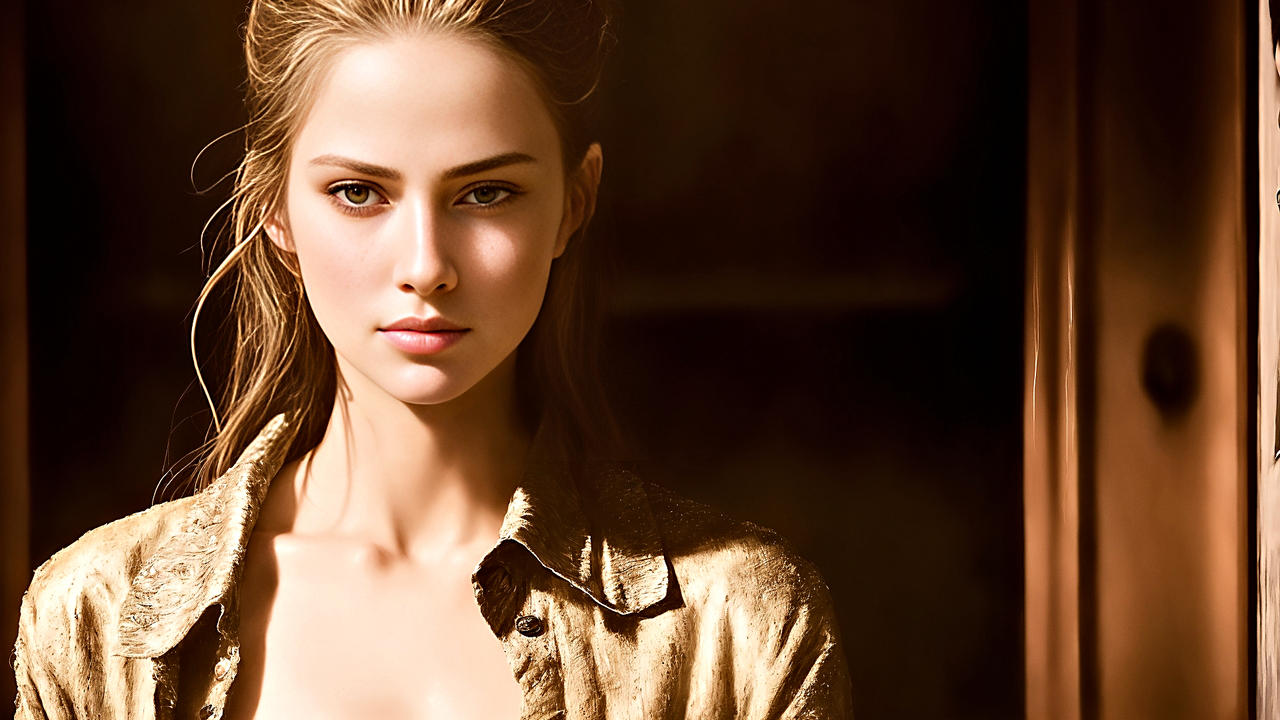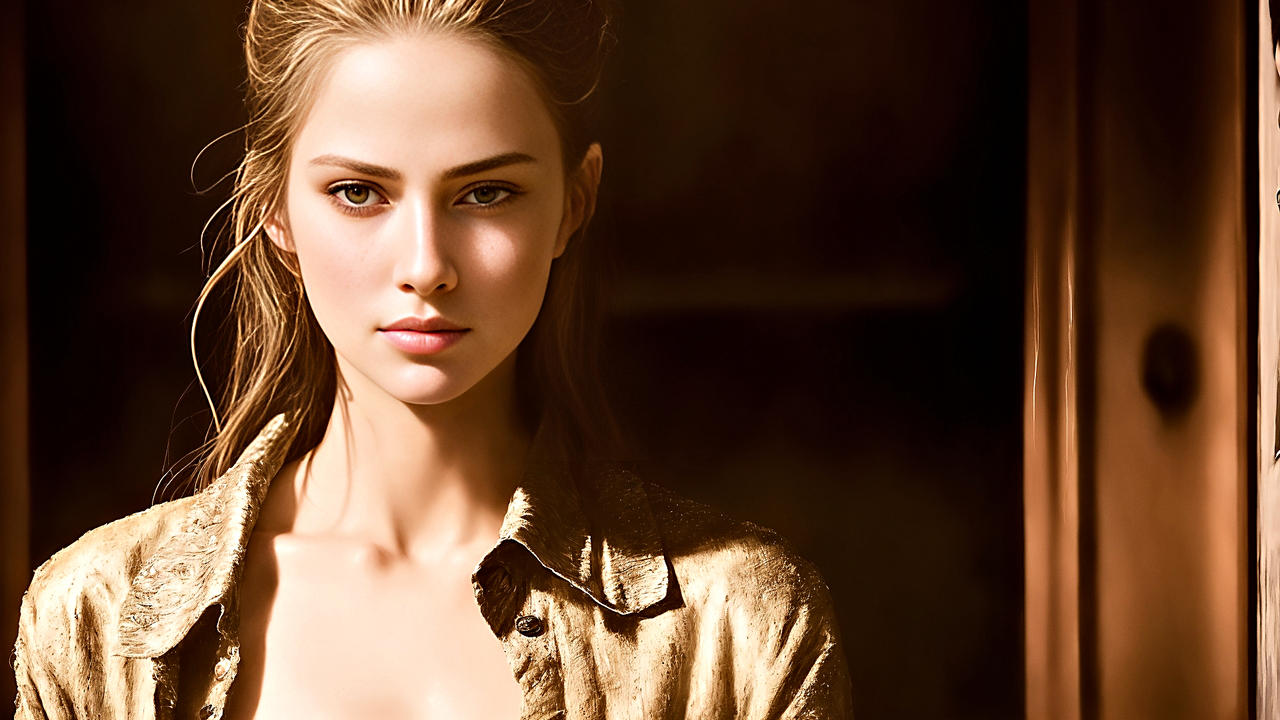Creating stunning portrait art using Stable Diffusion is an exciting endeavor that allows artists to explore the boundaries of creativity. In this guide, we'll walk through the steps of using Portrait Art Prompts in Stable Diffusion and provide examples to illustrate each topic.
1. Understanding Stable Diffusion:
Stable Diffusion is an advanced generative model that excels in creating high-quality and realistic images. It utilizes diffusion models to generate diverse and detailed visuals. Before diving into portrait art prompts, familiarize yourself with the basics of Stable Diffusion.
2. Choosing the Right Model:
Select an appropriate Stable Diffusion model for portrait art. Consider factors like model size, training data, and the level of detail you desire. Different models may have distinct capabilities in capturing facial features and expressions.
Example: Choose a medium-sized Stable Diffusion model trained on a diverse dataset to achieve a balance between detail and computational efficiency.
3. Crafting Detailed Portrait Prompts:
Create vivid and detailed prompts that describe the specific aspects of the portrait you want to generate. Include details about facial expressions, lighting conditions, emotions, and any unique characteristics you envision.
Example: Prompt: "Generate a portrait of a contemplative young woman with soft natural light, emphasizing her subtle smile and expressive eyes."
4. Exploring Style and Tone:
Experiment with different styles and tones to influence the mood of the generated portrait. Adjust parameters related to color grading, contrast, and overall ambiance to achieve the desired artistic effect.
Example: Explore a "Vintage Film" style prompt to give the portrait a nostalgic and timeless feel, with warm tones and subtle grain.
5. Controlling Facial Features:
Utilize specific prompts to control and enhance facial features. Experiment with prompts that adjust attributes like age, gender, facial expression, and pose to tailor the generated portrait to your artistic vision.
Example: Adjust the prompt to "Generate a portrait with a confident and dynamic pose, emphasizing strong jawline and piercing gaze."
6. Playing with Background and Composition:
Incorporate prompts that describe the background and composition of the portrait. Experiment with different settings, environments, and framing options to enhance the overall visual impact.
Example: Try a prompt like "Create a portrait with a blurred urban background, highlighting the subject against a cityscape at dusk."
7. Adding Artistic Elements:
Experiment with prompts that introduce artistic elements to the portrait. This could include applying unique filters, textures, or even combining features from different artistic styles.
Example: Use a prompt like "Generate a portrait with subtle watercolor textures and a dreamy, ethereal atmosphere."
8. Iterating and Refining:
Iteratively refine your portrait prompts based on the generated results. Make subtle adjustments, try different combinations, and observe how changes in the prompts influence the artistic output.
Example: Iterate the prompt by refining the emotional tone, experimenting with different lighting conditions, and adjusting the level of detail in facial features until the desired portrait is achieved.
Conclusion:
Mastering portrait art with Stable Diffusion opens up a realm of creative possibilities. By understanding the nuances of crafting portrait prompts and experimenting with various elements, artists can generate captivating and unique portraits that showcase the power of Stable Diffusion in the realm of artistic expression.

